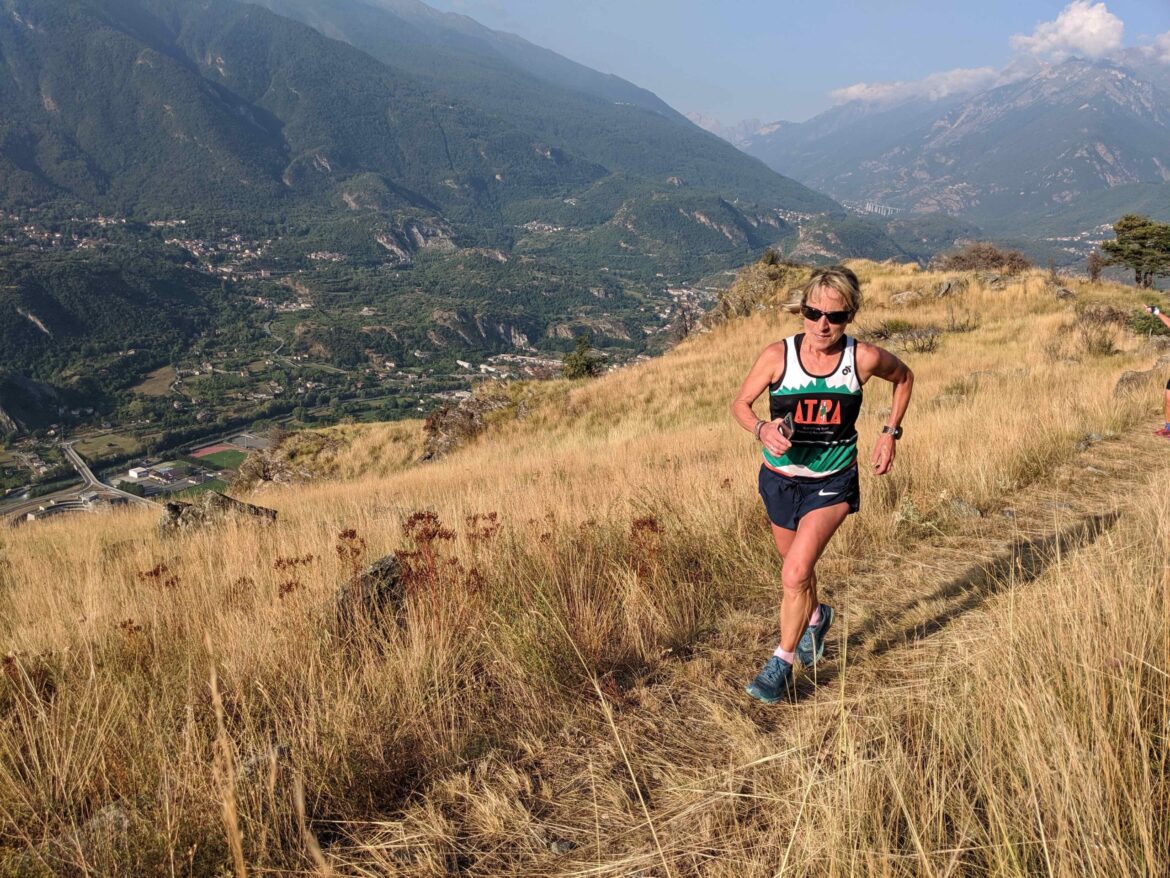Trail running implies to the activity of running along trails, like paths through a countryside, mountain, or forest area. Trail running surfaces can be grass and meadows, single trails, forest and field paths, stone paths, and even said. As Steven Rindner mentions, for many trail running can simply mean a jog in the park or a sandy/stone route. However, there are also several trail-runners who take up multiple day runs across long distances on off-roads.
Steven Rindner mentions the basic steps to get started with trail running
Any person bored with running the same old roads can try out trail running. This activity opens up a whole new world for the runners, beyond the typical paved surfaces. However, much like road running, trail running is also a healthy activity with a few basic gear requirements. Here are a few simple steps to get started with trail running:
- Find the right shoes: Shoes are the key gear consideration for trail runners. If one’s first trail run is likely to be on a mellow gravel road, then they can get by with their road-running shoes. However, the runners would need good trail-running shoes when they encounter rocks, roots and slippery mud on the trails. Trail running shoes are comparatively beefier than road running shoes. Trail running shoes are specifically designed to put greater emphasis on traction, foot protection and stability.
- Gear up to run: One of the best aspects of trail running is that one wouldn’t need a bunch of gear for this activity. Beginners going for s simple and short trail run would just have to wear shorts and a T-shirt, and lace up a pair of running shoes, prior to heading out the door. However, as the runner starts taking on higher mileage and more challenging terrain, they may need some other items to make the run more enjoyable and comfortable. Carrying water is a good idea, even for short runs. Runners may carry handheld water bottles, waist-packs with water bottles, hydration packs or hydration vests, depending on the length of their run. For long runs, it would be smart to get a large waist-pack, a running hydration vest or a running hydration pack. They provide good storage for water, food, first-aid supplies and other items that one may require on a half-day or full-day trail running adventure.
- Decide where to trail run: When going for their first trail run, one must remember that these runs generally take longer than road runs do for a similar distance. Undulating trails and rough terrain may slow the pace of the runners, and engage the muscles that they may not generally use. Hence, it is better to start slow, rather than committing to a distance that one is not prepared for. Many towns and cities have a local network of gravel roads and dirt trails, which are ideal for beginners. One can look for state or city marks in their area or just head out on a quiet gravel road.
As Steven Rindner mentions, while the steps underlined above would help people to get started with trail running, they also need to work on their technique to become proficient in the activity. The uneven terrain of trails provides runners with varied challenges, including navigating rocks, logs and roots. Working on the trail-running-specific technique can help deal with this type of terrain.



